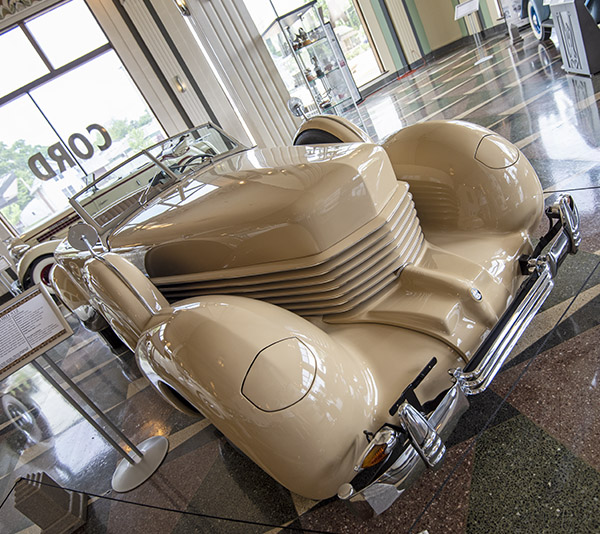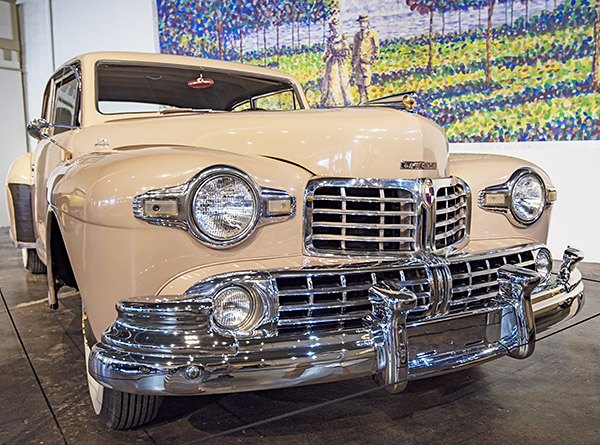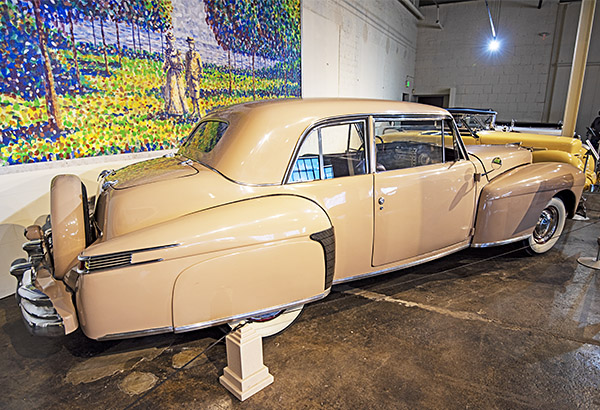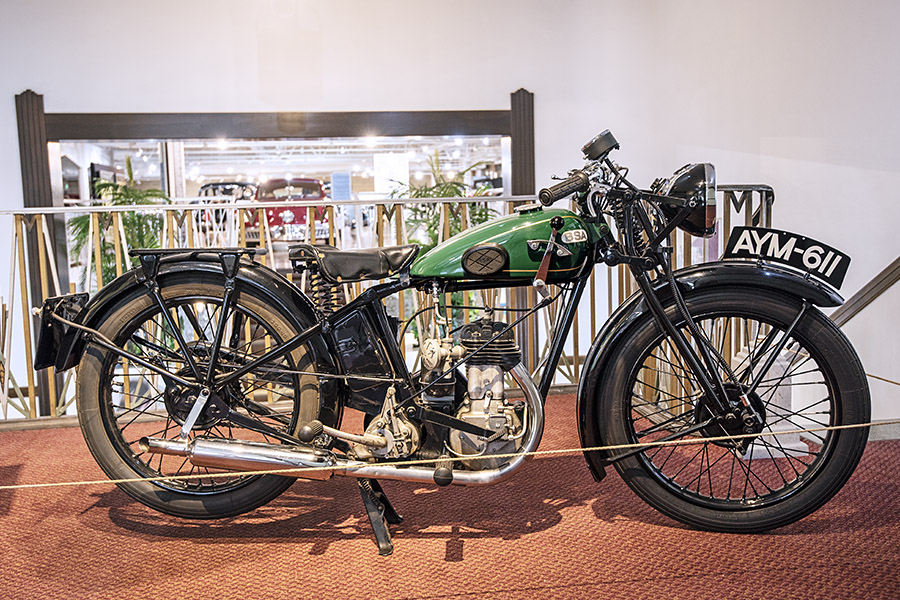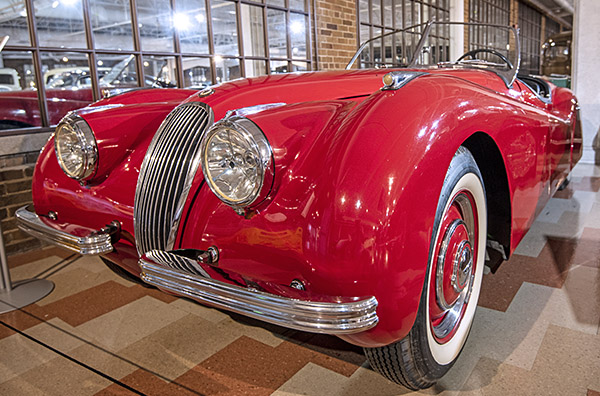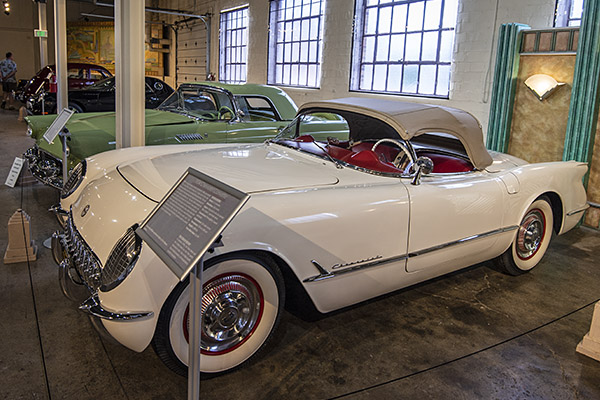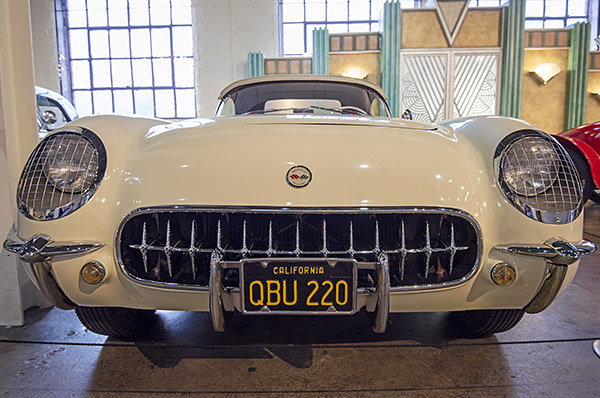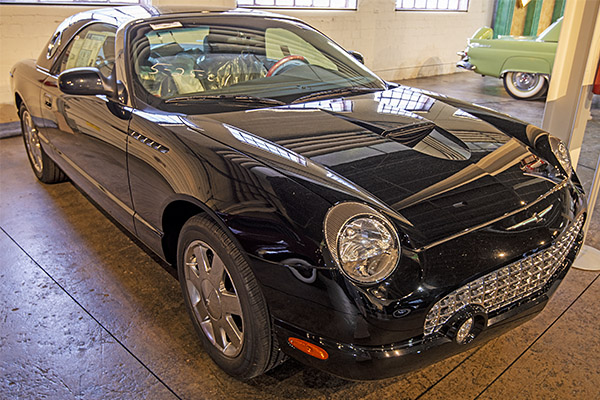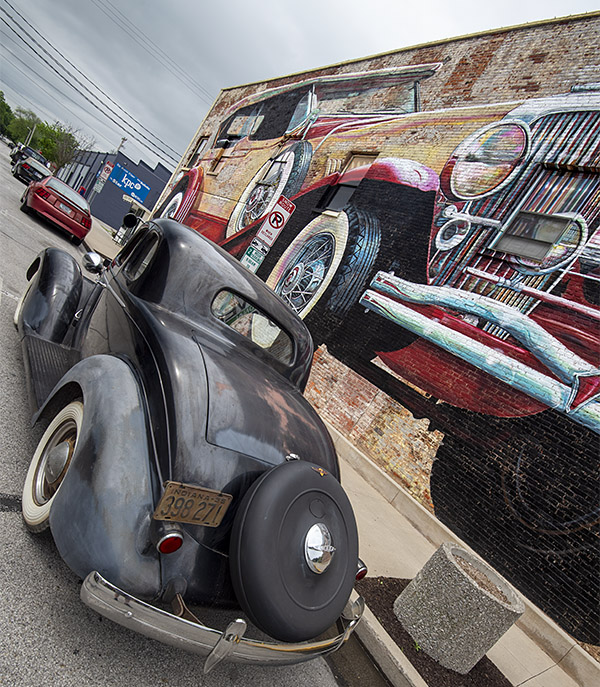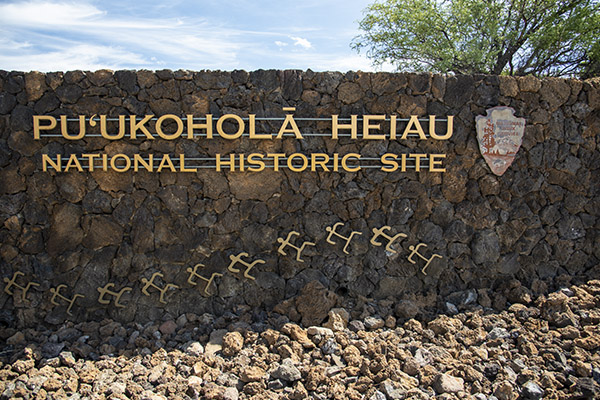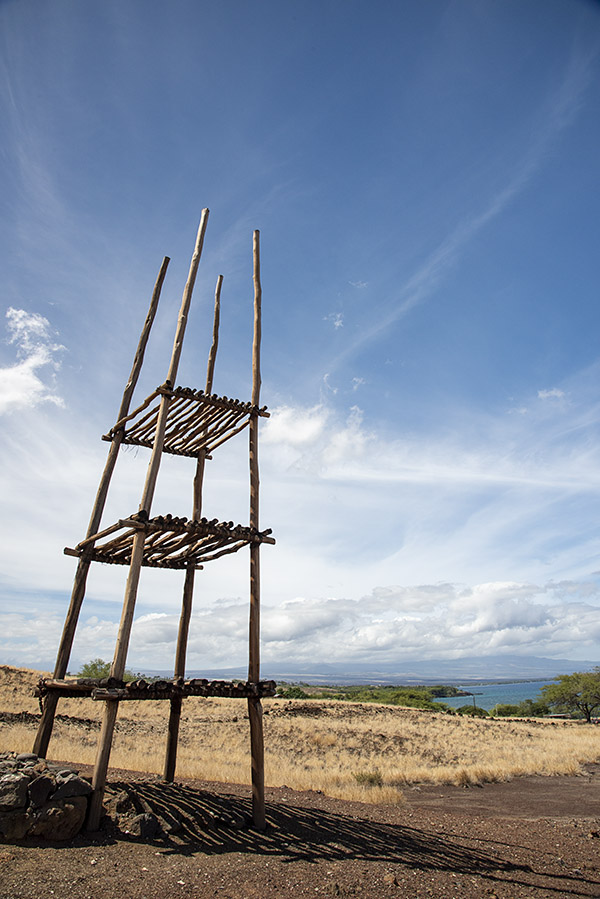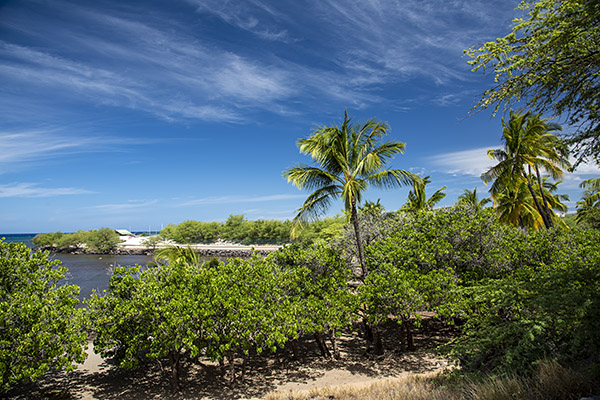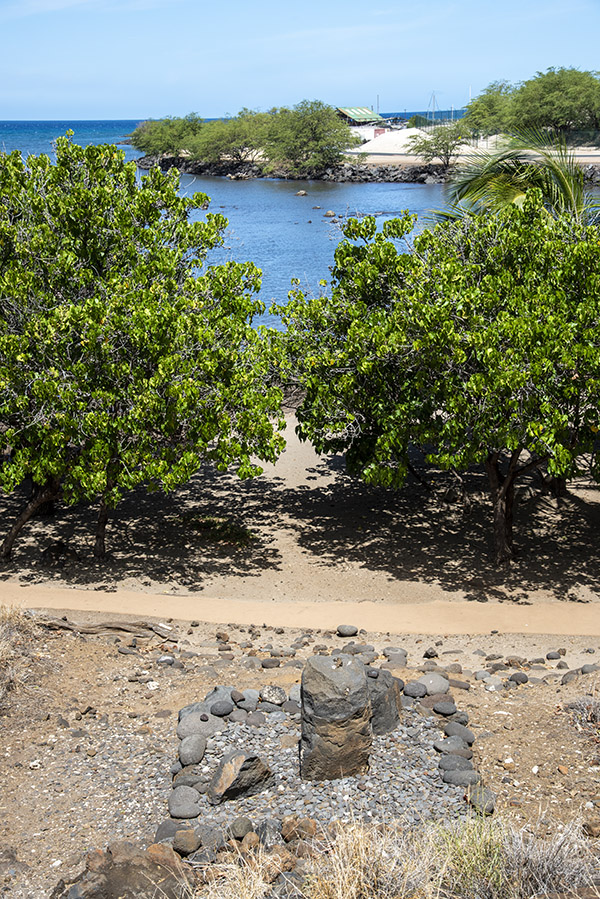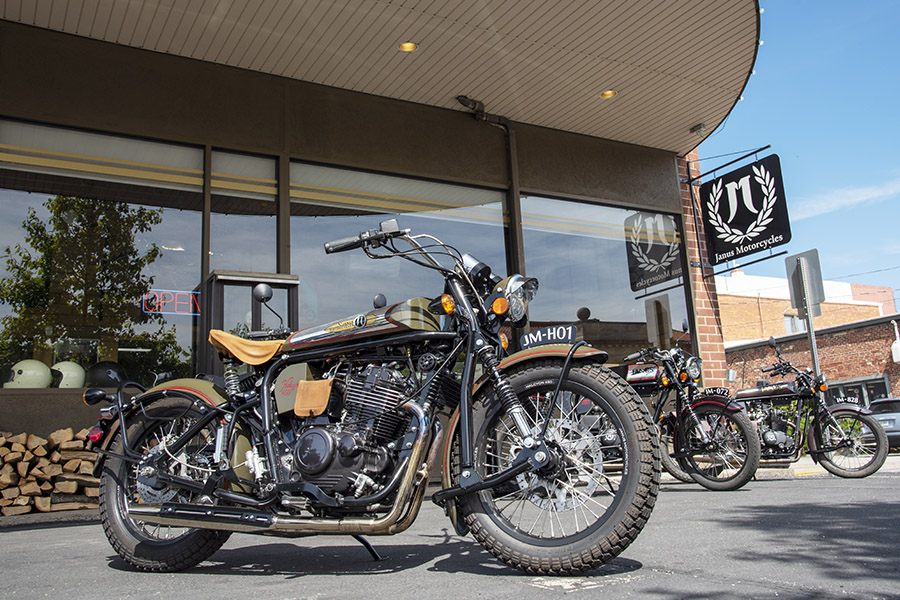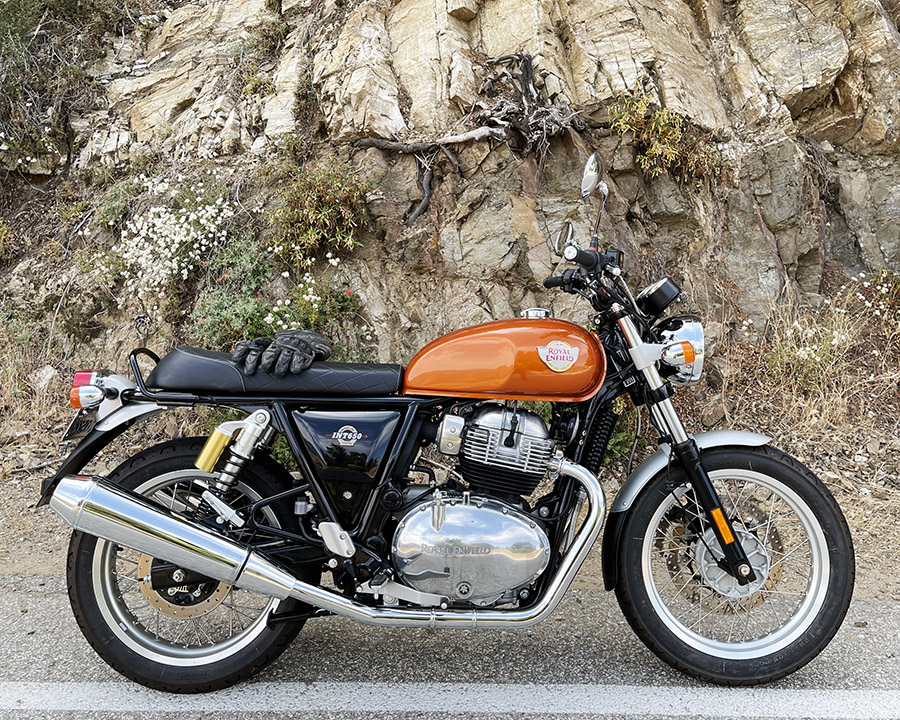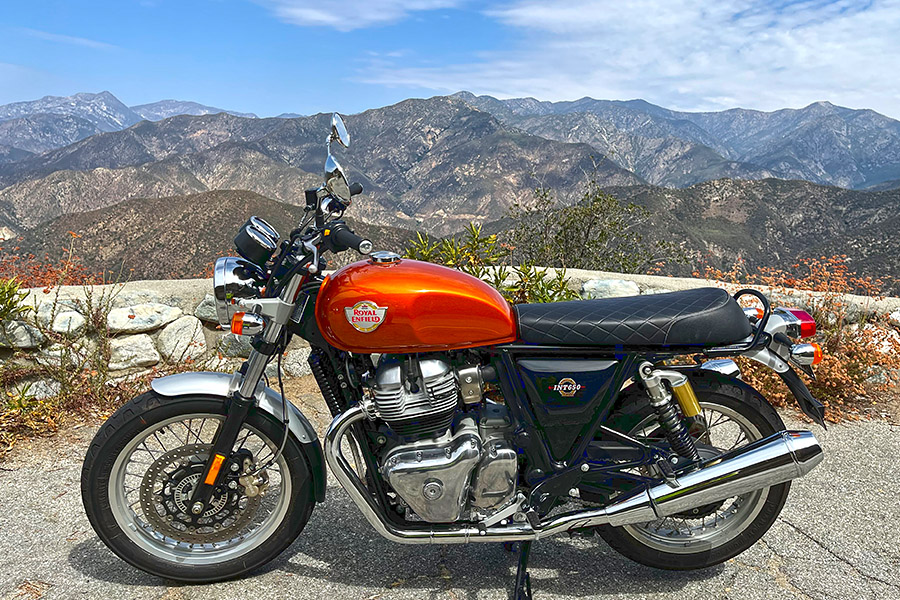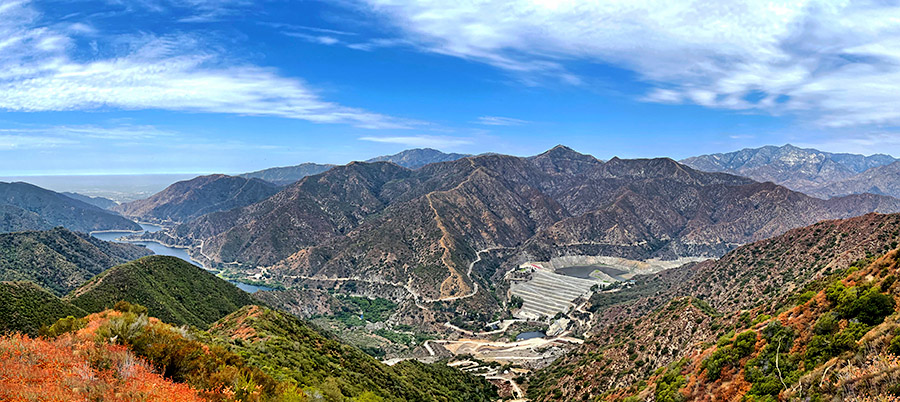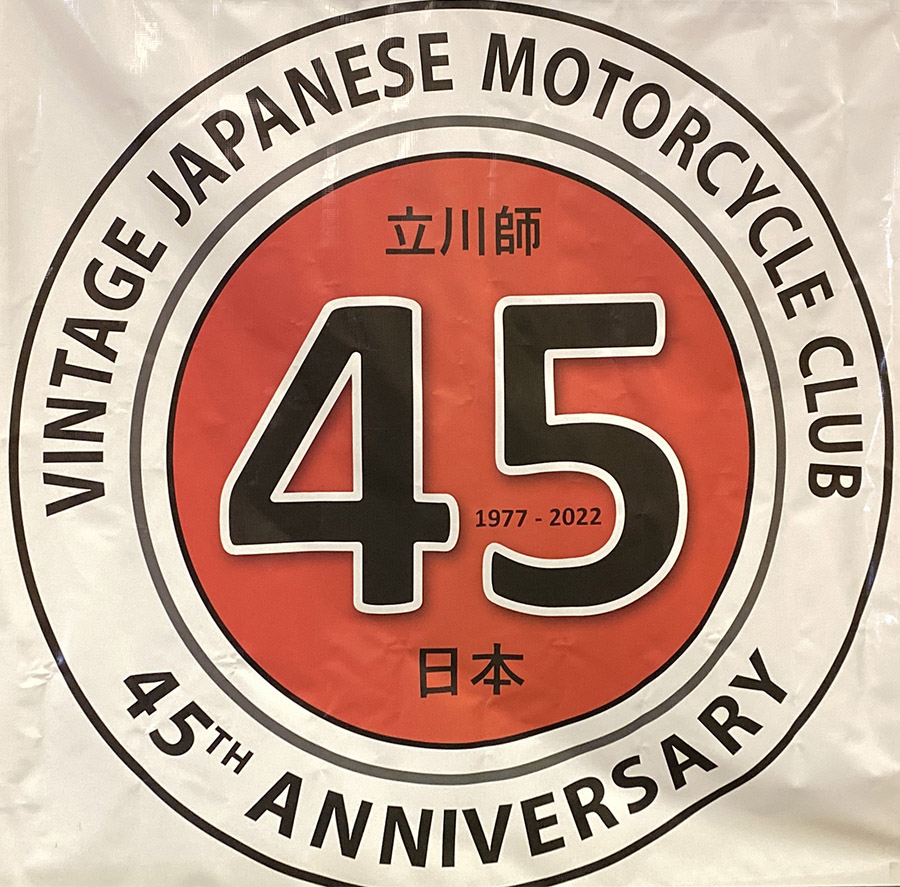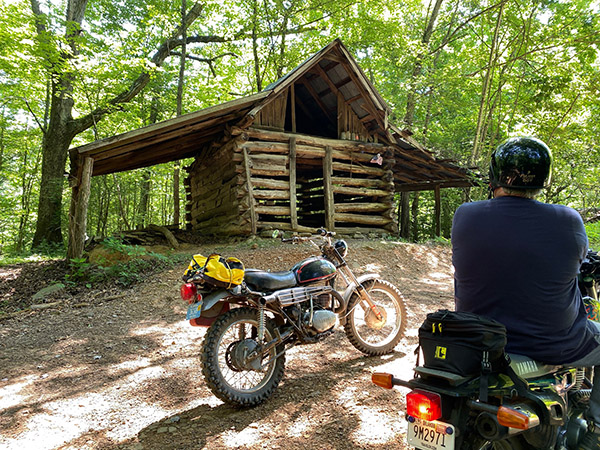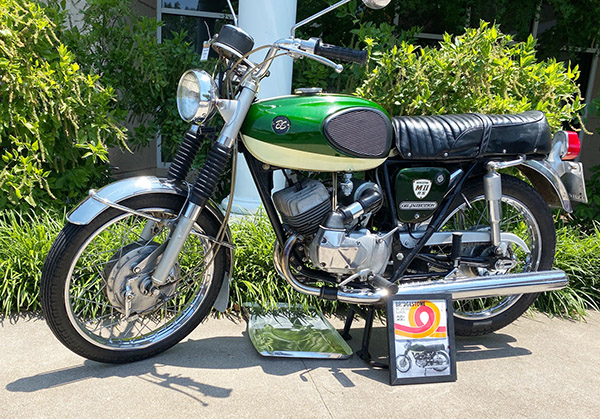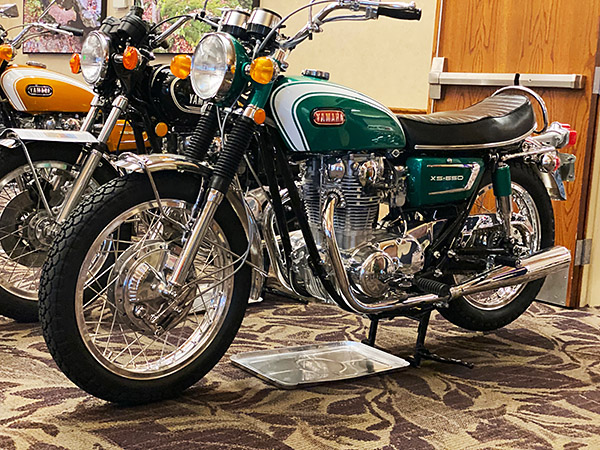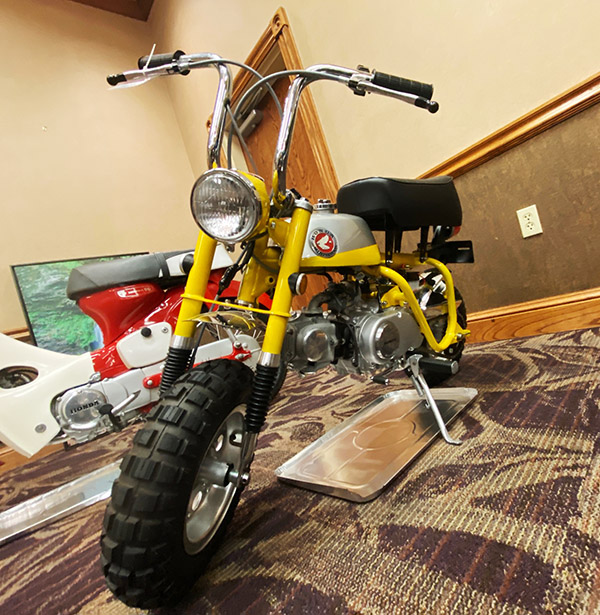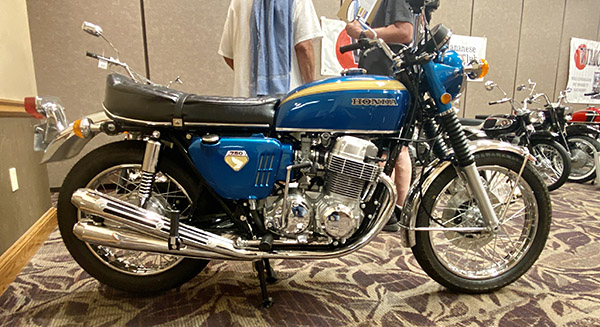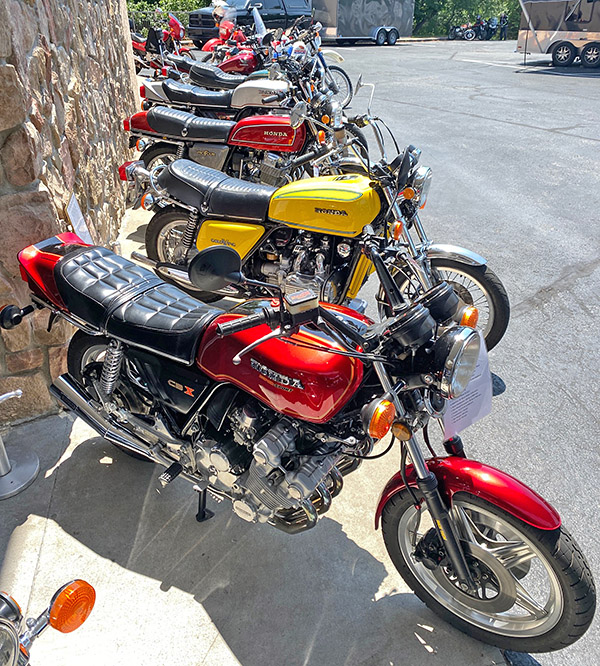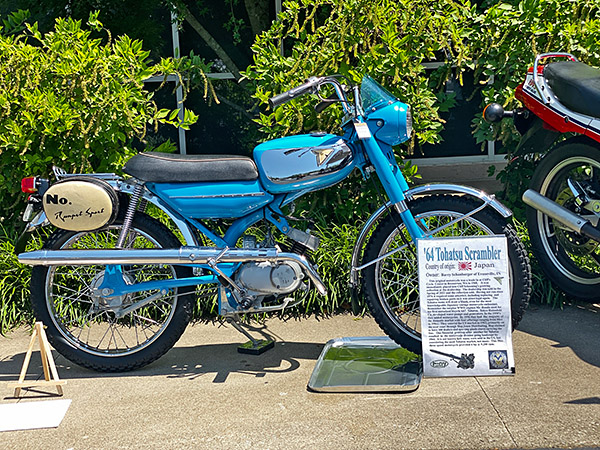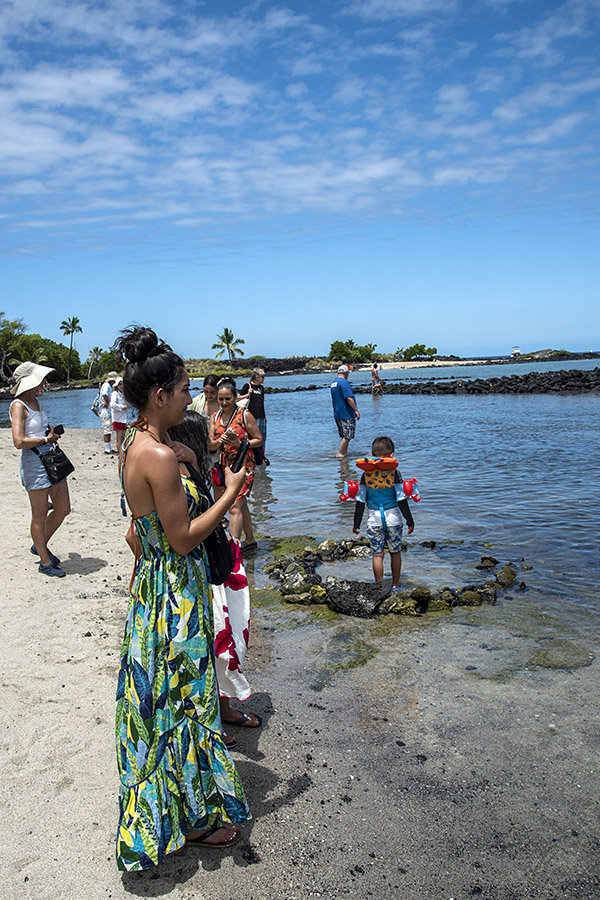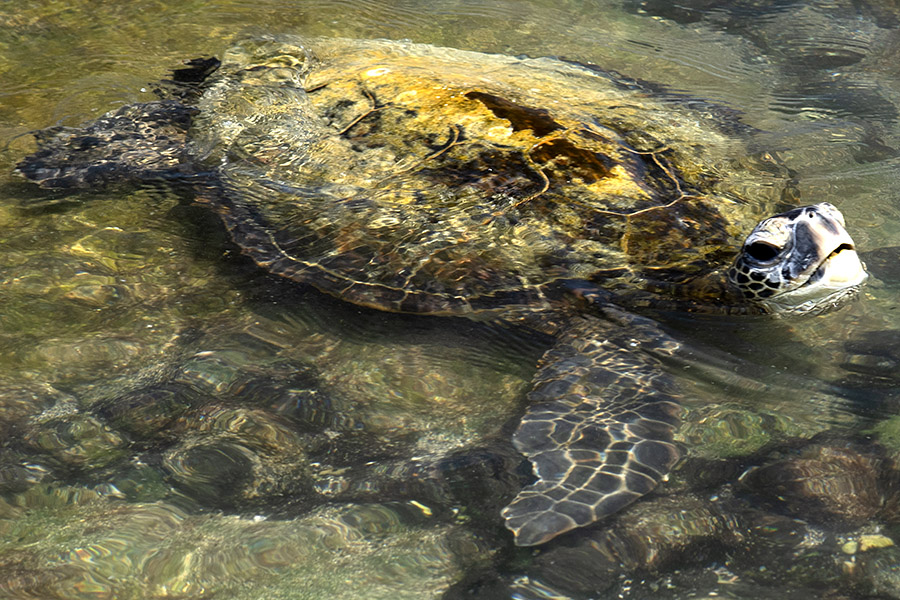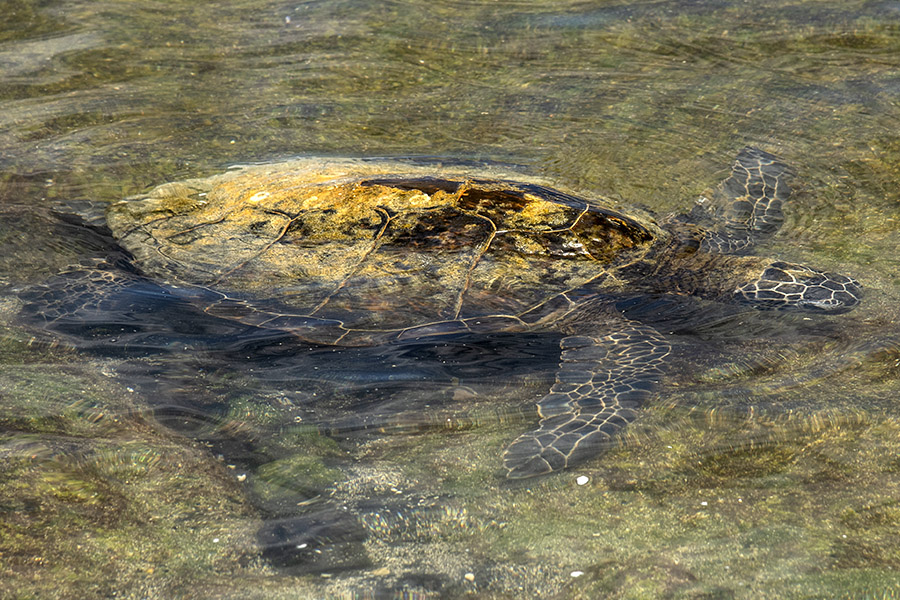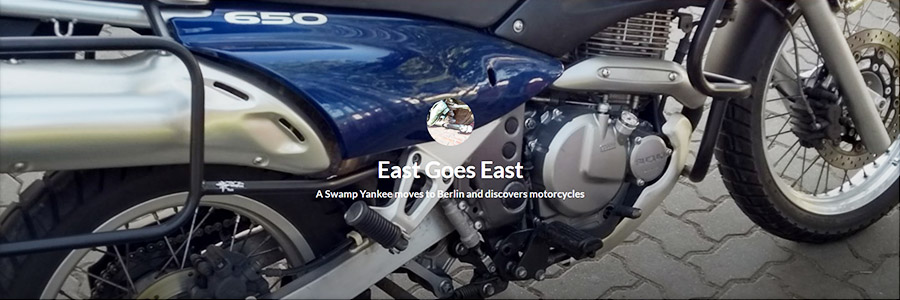I used to work in the recreational vehicle industry. I ran a plant for Johnnie Crean at Alfa Leisure a couple of decades ago making See Ya motor homes (I’ve written about that before), and I consulted with Thor Industries on their travel trailers and Zieman on their trailers. It’s a fun business, although it was quite a bit different than the mostly aerospace work I had done up to that time. In the aerospace business, tolerances are thousandths of an inch, and if something is nonconforming (even if off by only a thousandth), it is rejected. In the RV business, tolerances are huge (usually denoted in fractions like ±1/8 or ±1/4 inch), and if the tolerances aren’t met, corrective action involves finding a bigger hammer.
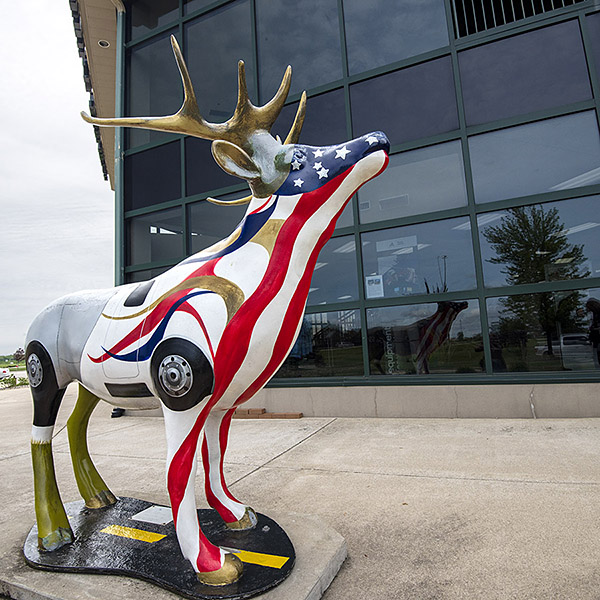
I loved making RVs and I loved working for Johnnie Crean. The guy is the most creative person I’ve ever known, and his ability to find simple solutions to complicated problems always impressed me. Johnnie came from RV royalty: His father was John Crean, the self-made billionaire who founded Fleetwood. I met Johnnie’s father a couple of times. He was a cool and unassuming guy. When Johnnie finished college, he went to work for his dad at Fleetwood and realized after a couple of weeks he could start his own RV company, and that’s what he did. I worked for Johnnie at Alfa Leisure and I ran the motor home plant.
Anyway, I’m getting off topic, which is the RV and Motor Home Museum and Hall of Fame in Elkhart, Indiana. It was a fun visit and not surprisingly, John Crean’s name appeared more than a few times. Check out the little travel trailer in the photo below.
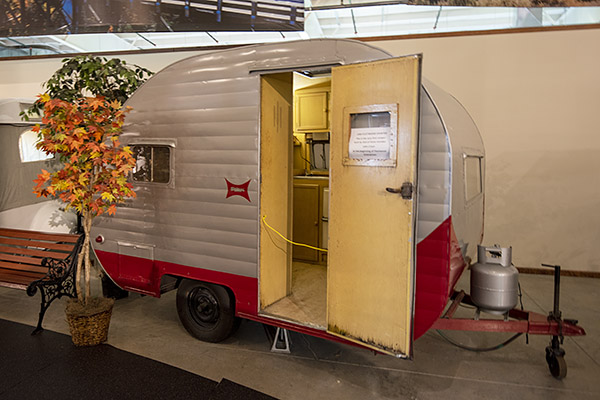

The RV/MH Hall of Fame also included the very first Bounder, another John Crean design that set a new standard in the RV business.
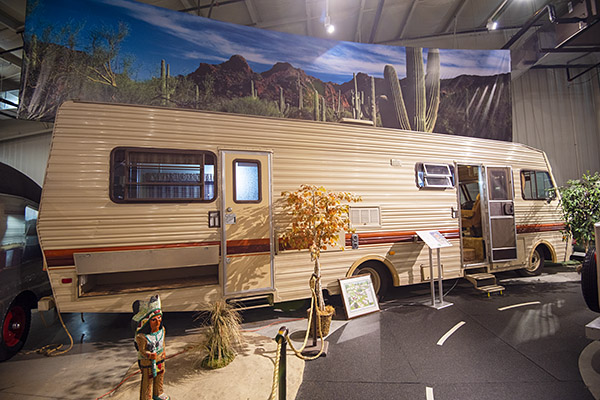
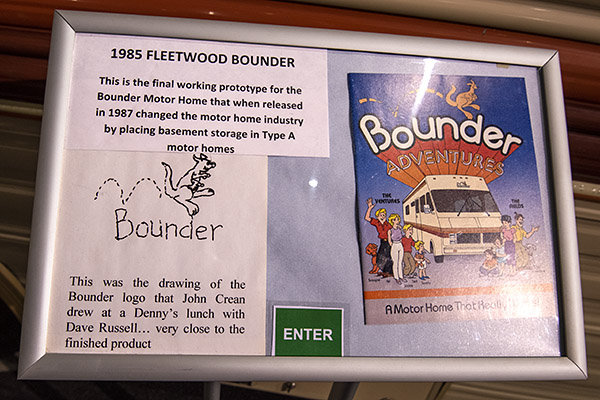
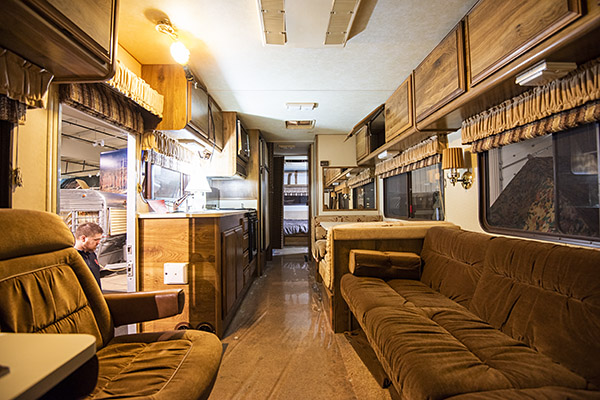
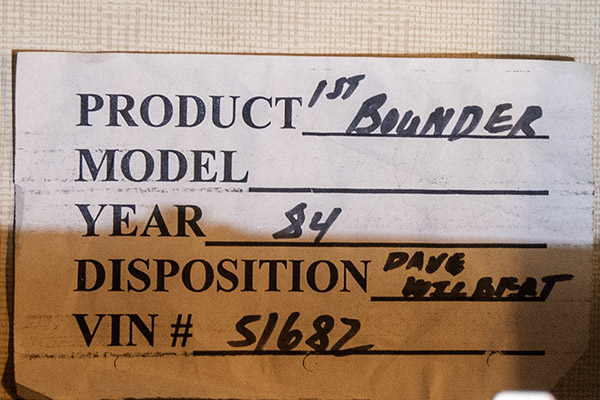
The main exhibit hall in the RV/MH Hall of Fame displays iconic recreational vehicles and early campers along a walkway painted to look like a two-lane road.
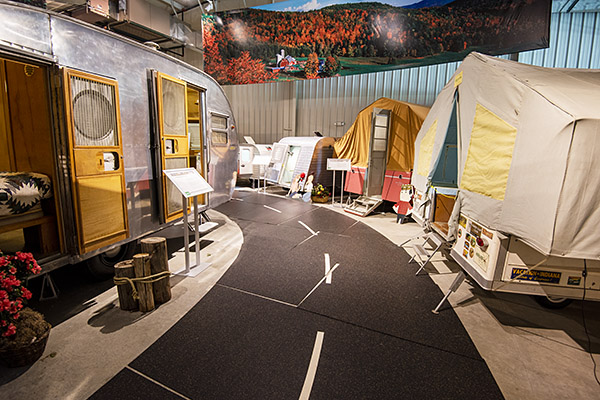
Mae West, the famous actress, was an RVer. Her RV was interesting.
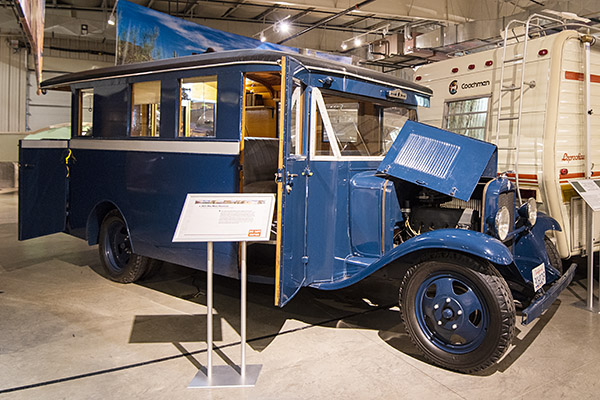

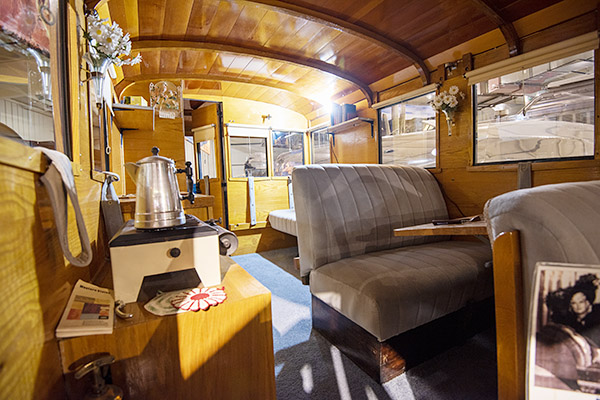
This concept of movie stars having an RV is interesting. When I ran the Alfa Leisure plant, we also manufactured 5th-wheel trailers (they connect to a pintle inside a pickup bed instead of a trailer hitch). Alfa Leisure was the preferred 5th wheel in Hollywood, and big name movie stars’ contracts stipulated Alfa Leisure RVs.
The Museum also displayed several examples of early travel trailers and motorhomes.

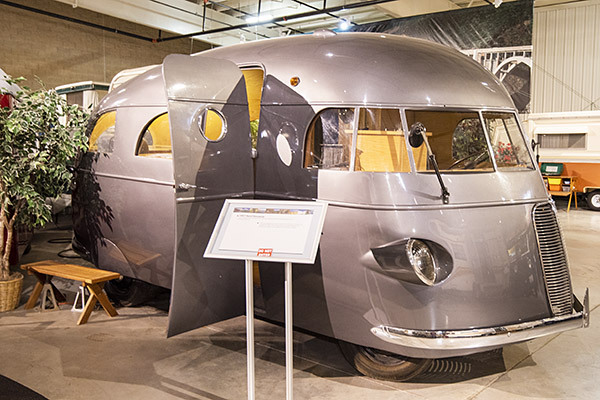

In the early days, motor homes did not include bathrooms, showers, or other amenities. Today, high end motor homes include all of those things and more. Some sell for more than a million dollars.
Walmart used to allow RVs to park in their lots for free (maybe they still do). We joked about folks who would spend a million bucks on an RV and then spend a half day looking for a Walmart where they could park overnight for free.
Hit those popup ads!
Never miss an ExNotes blog:


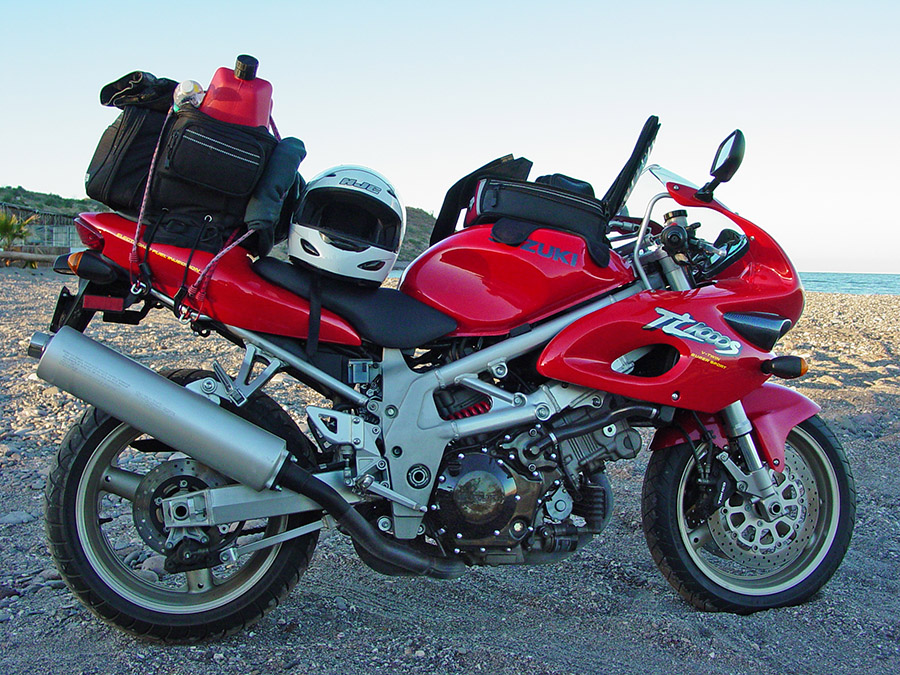
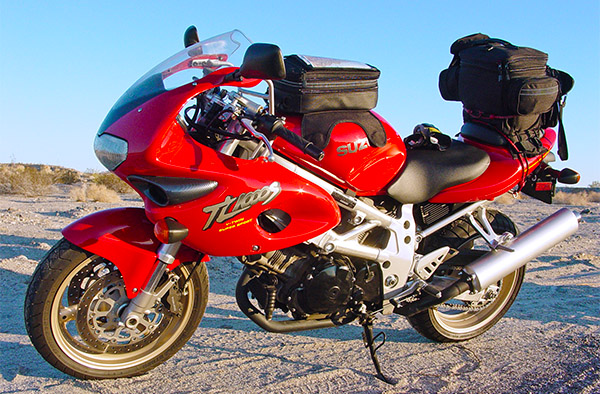

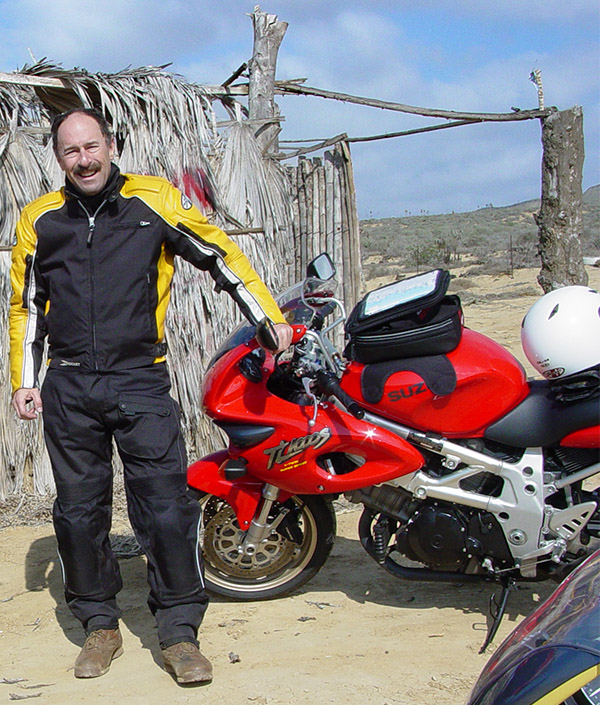
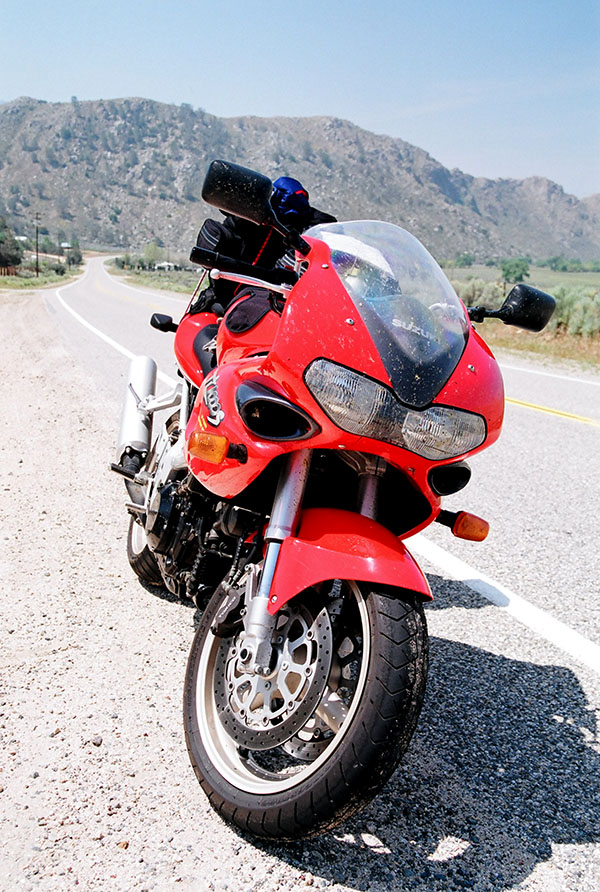

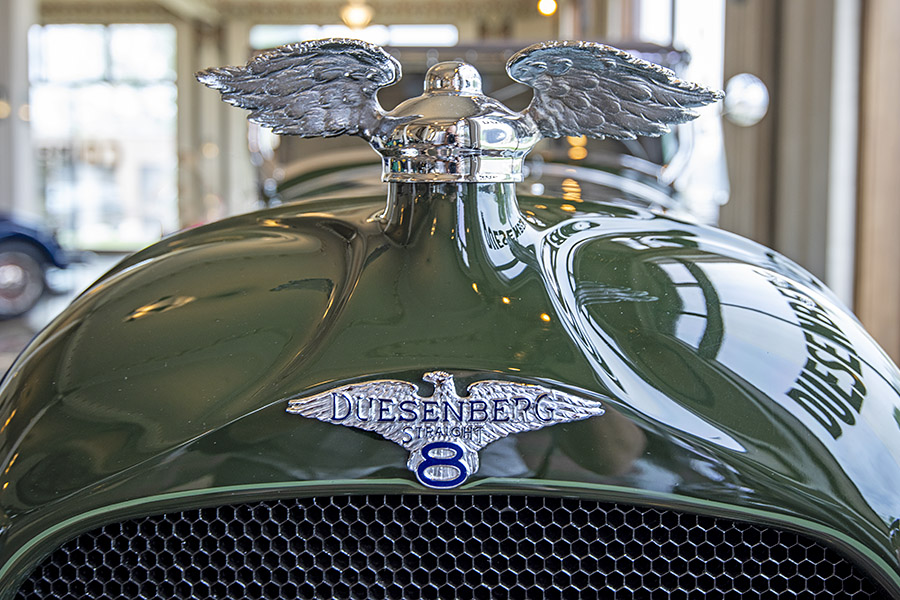
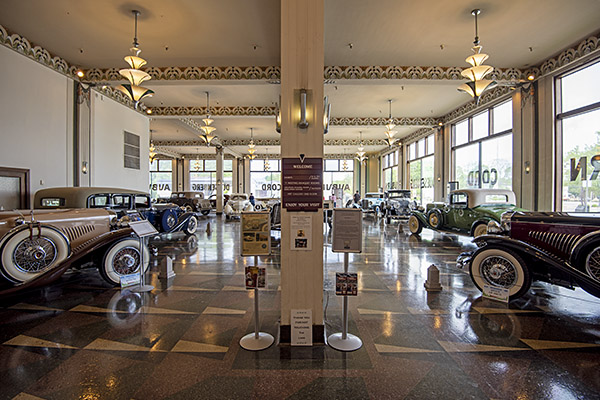



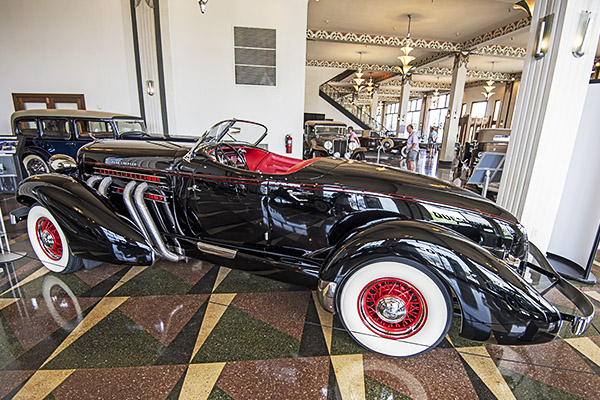
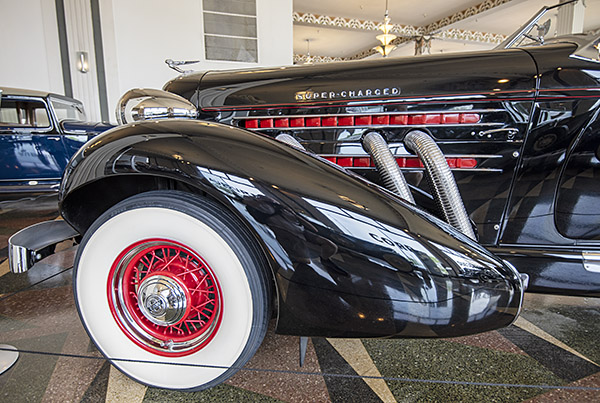

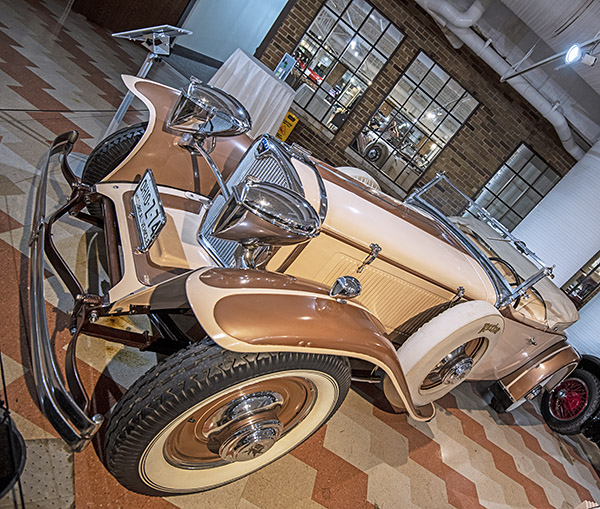
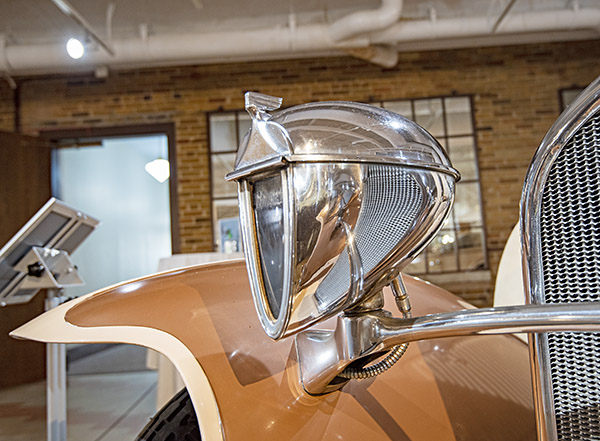
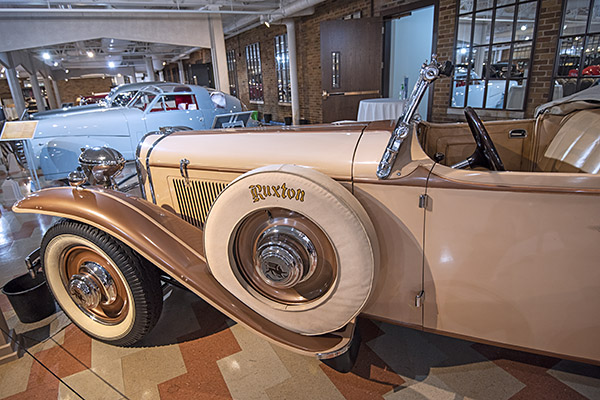 Here are two 1937 Cord 812 automobiles: A convertible and a coupe. The colors and the style are impressive. When I was a kid, I built a Monogram plastic model of a Cord that I think was based on the convertible I saw in Indiana.
Here are two 1937 Cord 812 automobiles: A convertible and a coupe. The colors and the style are impressive. When I was a kid, I built a Monogram plastic model of a Cord that I think was based on the convertible I saw in Indiana.